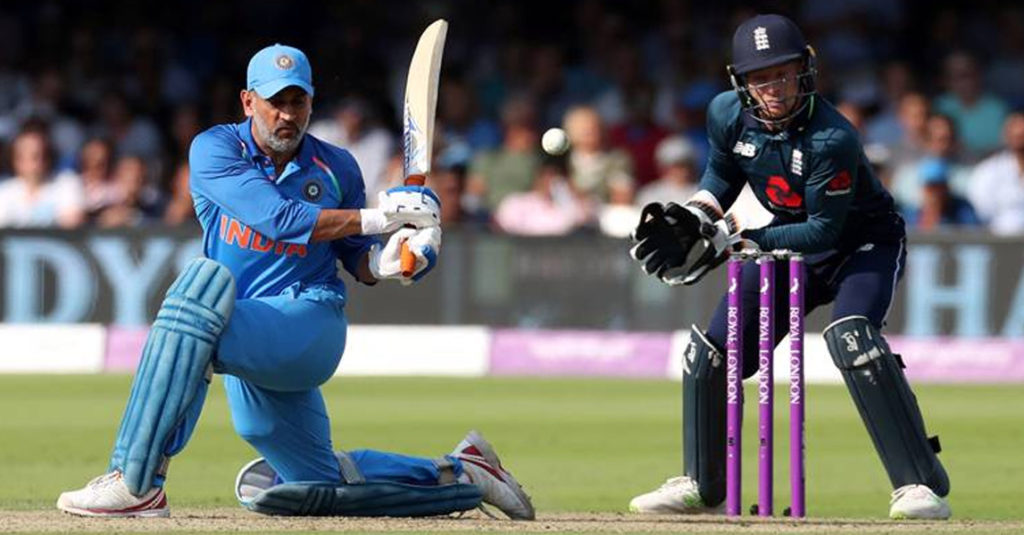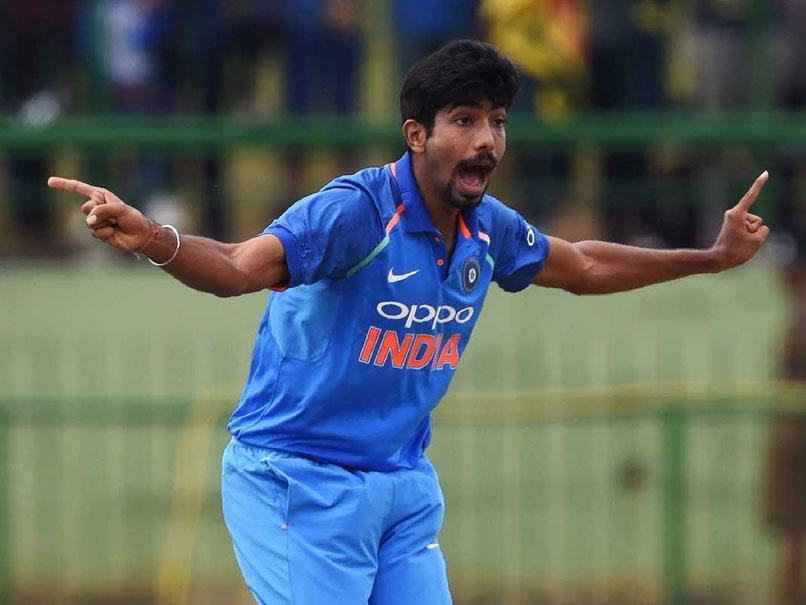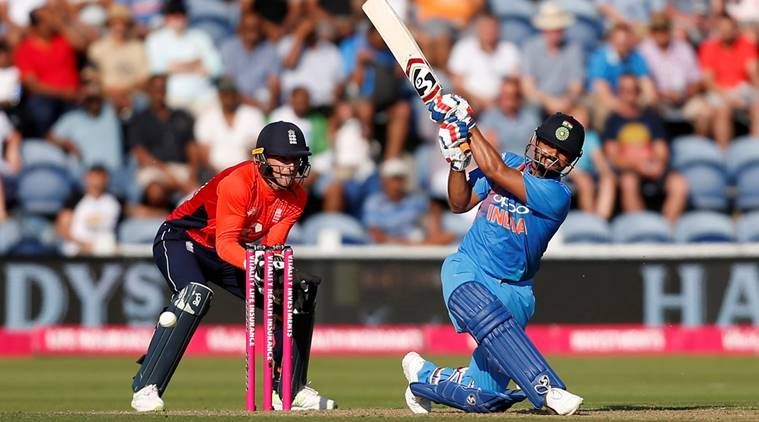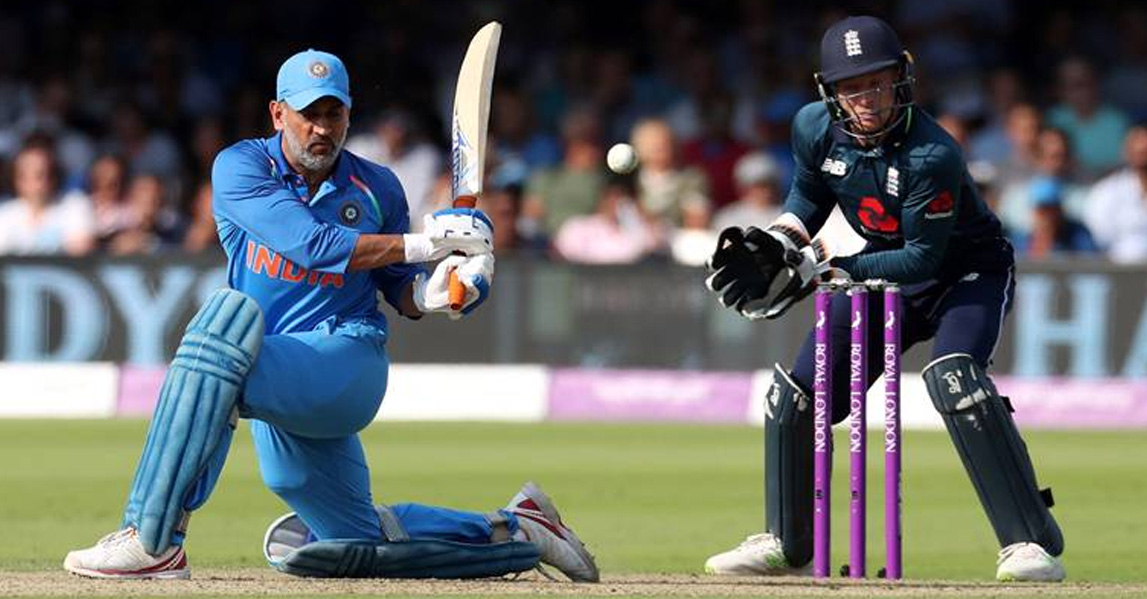तीन मुख्य बदलाव जो भारत को करने होंगे विश्व कप 2019 से पहले
Published on: Jul 18, 2018 6:35 pm IST|Updated on: Jul 19, 2018 3:45 pm IST

Published on: Jul 18, 2018 6:35 pm IST|Updated on: Jul 19, 2018 3:45 pm IST
Published on: Jul 18, 2018 4:59 pm IST|Updated on: Jul 18, 2018 5:02 pm IST
India’s dream run-of-form in the ODI format came to a screeching halt after they fell to a 1-2 defeat at the hands of England at Leeds yesterday. This was India’s first bilateral series defeat since January 2016 (1-4 against Australia) and a first under the leadership of Virat Kohli (having won eight on the bounce).
In practicality, this loss was exactly what the India white-ball set-up needed ahead of the World Cup. India has had some recurring issues in their while-ball team for some time now. And it’s only fitting it came to the fore in the nick of time and gives the team to plug in the holes and emerge as a more potent unit.
Today, in this article, I’ll list down the top 3 things Indian ODI team needs to address ahead of the 2019 World Cup.
Here’s my compilation:-
#1 Backup fast bowlers

Part of India’s success after their 1-4 drubbing against Australia some 30 months ago was built on their highly successful opening pair of Jasprit Bumrah and Bhuvneshwar Kumar.
The duo would give Kohli early wickets in the first ten overs to set-up the game for the spinners in the middle-overs while choking the life out of the opposition batsmen in the death overs. In the recently concluded ODI series in South Africa, as-much-as India’s success was attributed to the wrist-spinning duo of Kuldeep (17 wickets) and Chahal (16 wickets), Bumrah was India’s next-best bowler with eight wickets at an economy of a mere 3.98.

The success of Bhuvi-Bumrah meant India never tried their backup fast bowlers. The likes of Mohammed Shami and Umesh Yadav warmed the bench for a major part of last year barring a dead-rubber against Australia, which India lost, and the team went back to their tried and tested pair.
The lack of investment in backup fast bowlers came back to haunt the ‘Men in Blue’ when Bumrah got injured just before the limited-overs leg of England. India roped in Shardul Thakur, Deepak Chahar and the likes of Siddarth Kaul but clearly, none of them is ready yet to step-up to the rigours of International cricket, and the signs are clear that India needs to create a poo of backup bowlers and give them enough game-time in-case one of the prime bowlers gets injured ahead of the World Cup.
#2 Lower-Middle Order

It’s clear that MS Dhoni is no-more a finisher that we were so accustomed to seeing all these years. The age-factor has finally caught up with the talisman and if the team’s management wants to feature him in their scheme of things, Dhoni can’t bat below than No.5. The instability around No.4 and No.6 is not helping Dhoni’s cause either. In the third ODI when Dhoni came to bat, India lost Kohli and then almost immediately, Suresh Raina.
One main reason for Raina’s inclusion into the ODI side was his ability to serve the role of a sixth bowler in-case one of the main bowlers was having an off-day. And to add to the irony, Raina did not bowl a single over in the 2018 IPL. He didn’t justify his place as a batsman either; often failing at crucial moments and build on the momentum during the middle-overs.

Is he the best option for India in the lower-middle order going into the World Cup? The answer is, unfortunately, no, as of now, and I think chanced must be given to the likes of Krunal Pandya, Dinesh Karthik to assume the role of a finisher along Hardik Pandya at No.7.
#3 The No-4 conundrum

After having tried as many as 10 different batsmen for the No.4 spot, India still can’t find a solution to their No.4 riddle. From Yuvraj Singh in the Champions Trophy to Manish Pandey (throughout 2017) and Ajinkya Rahane in the South African tour to going back to KL Rahul in England and then dropping him in-favour of Dinesh Karthik, India has completed a full-circle and are yet to find an answer. In my view, there are two ways of solving the riddle.

